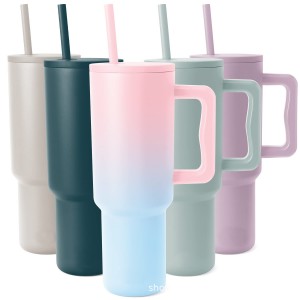Many consumers are concerned about whether the water cups produced by the water cup factory have been tested? Are these tests consumer responsible? What tests are usually done? What is the purpose of these tests?
Some readers may ask why we need to use many consumers instead of all consumers? Please allow me to say simply that the market is huge, and everyone’s perception and demand for water cups are highly different. Okay, let’s get back to the topic and continue talking about testing.
Today I will talk about the test of stainless steel water cups. When I have time and opportunity in the future, I will also talk about the tests of water cups made of other materials that I am familiar with.
First of all, we need to make sure that it is the factory that tests the water cups rather than a professional testing agency. Therefore, the factory usually does what is capable of allowing the equipment to be operated simply. As for the testing of the coordination and risk of materials and various accessories, there are professional testing agency conducts testing.
For our factory, the first step is to test the incoming materials, which mainly tests the performance and standards of the materials, whether they meet food-grade requirements and whether they are the materials required by the purchase. Stainless steel will undergo salt spray testing, material cost chemical reaction, and material strength testing. These tests are to test whether the materials comply with the procurement requirements and meet the standards.
Water cups in production will undergo welding testing, and semi-finished products will undergo vacuum testing. The finished water cups will undergo food-grade packaging testing, and other foreign objects such as debris, hair, etc. are not allowed to appear on the packaged water cups.
For surface spraying, we will conduct dishwasher test, hundred grid test, humidity test and salt spray test again.
A swing test will be performed on the lifting rope on the cup lid to test the tension and durability of the lifting rope.
To determine whether the packaging is strong and secure, a drop test and packaging and transportation test are required.
Due to space issues, there are still many tests that have not been written. I will write an article to supplement them later.
Post time: Apr-25-2024
